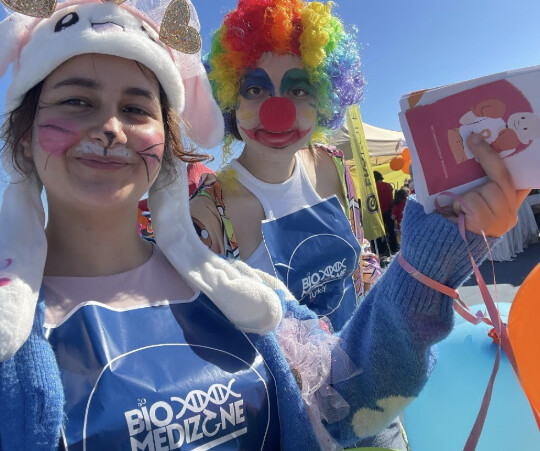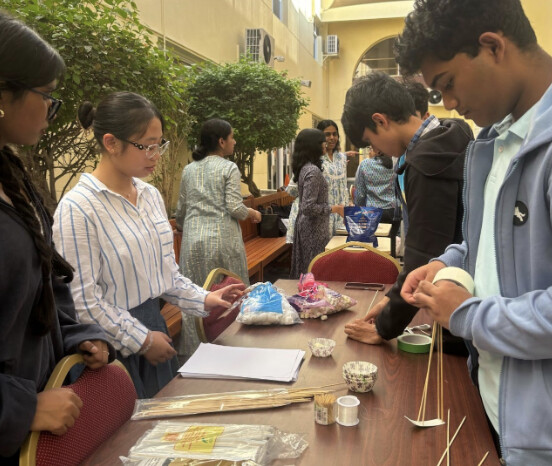We caught up with the brilliant and insightful Anvi Palav a few weeks ago and have shared our conversation below.
Anvi, thanks for joining us, excited to have you contributing your stories and insights. Coming up with the idea is so exciting, but then comes the hard part – executing. Too often the media ignores the execution part and goes from idea to success, skipping over the nitty, gritty details of executing in the early days. We think that’s a disservice both to the entrepreneurs who built something amazing as well as the public who isn’t getting a realistic picture of what it takes to succeed. So, we’d really appreciate if you could open up about your execution story – how did you go from idea to execution?
BioMedizone didn’t start as a company or even a formal idea: it started with pure frustration. As a high school student passionate about research, I quickly realized how difficult it was for students like me to access meaningful research opportunities. Labs required prior experience, professors rarely responded to emails, and existing programs were either highly selective or expensive. If no one was going to make space for students like me, I was going to build that space myself.
The first step was turning frustration into action. I spent hours researching—what opportunities did exist, where were the gaps, and most importantly, what kind of platform could actually make a difference? I reached out to students and educators, gathering insights on what they needed. Some wanted mentorship, others needed access to real-world projects, and many just wanted a starting point—a place to explore and experiment without barriers. I realized I wasn’t alone in this struggle, and that was the moment BioMedizone became more than an idea.
The next few months were a blur of planning, sketching, and learning. I built a small team, each of us driven by the same mission: making research more accessible for students. We worked late nights outlining the platform, defining what resources we’d offer, and figuring out how to connect students with real opportunities. The first prototype was far from perfect, but it was a start—something tangible that we could refine based on feedback. Every step, from navigating technical challenges to ensuring ethical research guidelines, was a learning experience.
Finally, after months of iteration, BioMedizone launched. It was built by students, for students, with the core belief that research should be accessible to anyone with curiosity and drive. As we grew and reached new heights, I noticed a trend: most of our audience were from third-world countries. This completely changed our mission, as we started targeting our efforts to those third-world countries, ensuring that geographic boundaries don’t pose as barriers to research opportunities. Looking back, the journey wasn’t easy at all, but every challenge reinforced why I started in the first place. What began as a personal frustration turned into a growing community, proving that sometimes, the best way to create opportunities is to build them yourself.
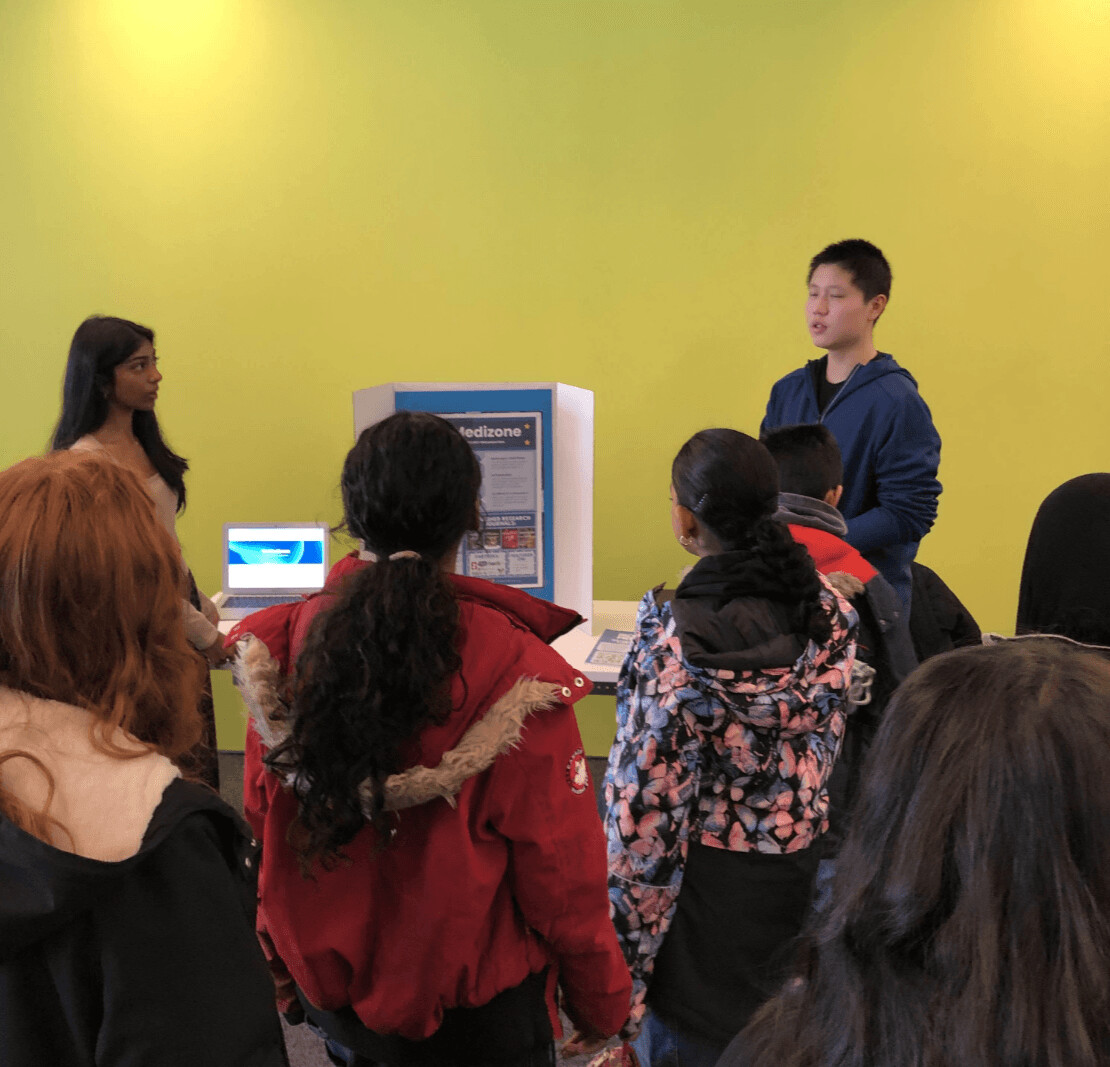
Anvi, love having you share your insights with us. Before we ask you more questions, maybe you can take a moment to introduce yourself to our readers who might have missed our earlier conversations?
I’m a researcher, founder, and a passionate public health advocate. As a high school senior and incoming neuroscience and biotechnology major in college, I’ve found myself conducting research in anti-cancer therapeutics and machine learning in cancer genomics, leading community health initiatives, and mentoring students in STEM research. My focus has always been using science to INSPIRE others. This focus is what inspired BioMedizone, which provides biomedical research and education opportunities. BioMedizone is my biggest accomplishment, not only for its reach but also for the ways in which we carefully break down the research process, and hold each student’s hand during their large-scale original experimental projects. We simplify the process but provide tangible results. What sets me apart is my desire to constantly create: whether that be new opportunities, more research papers, or a new department to BioMedizone.
My goal has always been to make research and innovation something anyone can be a part of, not just those with the right connections or resources. The one thing I want future BioMedizone students to know is that there is space for EVERYONE. We adjust to everyone’s needs and create opportunities for everyone. Whether you want to start your own individual venture or work in a team, BioMedizone has the capacity to support you and your ideas. Seeing someone publish their first project, land a research position, or simply realize that they belong in this space is what keeps me going, as it helps me understand that BioMedizone is truly working and that we are making the impact we’ve anticipated for over the last 2.5 years.
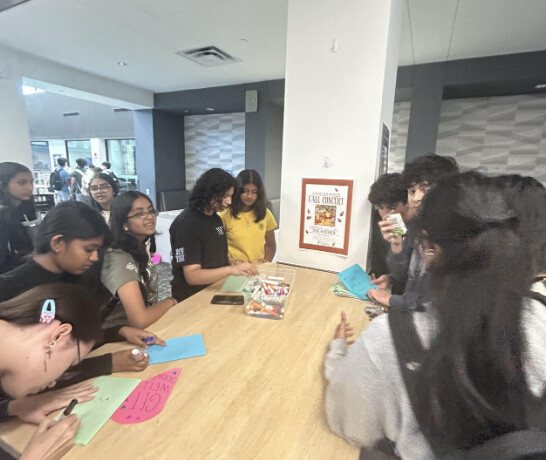
How do you keep your team’s morale high?
Managing a team and keeping morale high comes down to a few key things: trust, communication, and making sure everyone feels like their work actually matters. From leading BioMedizone and other initiatives, I’ve learned that people stay engaged when they see the bigger picture—when they know why they’re doing something and how their contributions fit into it. No one wants to feel like just another cog in the machine. At the same time, nothing kills motivation faster than micromanaging, so I’ve found that giving people ownership over their work and space to be creative is essential. If you trust your team to do what they do best, they’ll not only rise to the occasion but often exceed expectations. Clear and open communication is another non-negotiable—regular check-ins, a culture where people feel comfortable sharing feedback, and making sure no one feels left in the dark all make a huge difference. And of course, celebrating wins—big or small—goes a long way. A simple “great job” or public recognition can completely change someone’s motivation. Encouraging collaboration, actually getting to know your team, and making space for casual, non-work conversations help create an environment where people want to show up and do their best. Most of our executives at BioMedizone treat each other like friends working towards a common cause, and it lifts the environment and everyone involved! At the end of the day, people not only work for a mission but also for the people beside them. So if you build a culture of trust, respect, and excitement for what you’re creating together, the team will thrive.
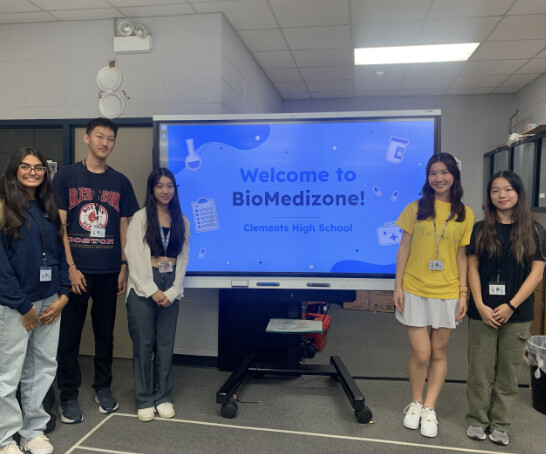
How did you build your audience on social media?
Building an audience on social media was a process of figuring out what people actually cared about and then showing up consistently. When BioMedizone was founded, the goal was to create a space in which students could find real opportunities, resources, and a sense of community in STEM. Instead of chasing trends or obsessing over numbers, I focused on engagement. I paid attention to what posts resonated, what questions people asked, and what kind of content sparked real conversations. The biggest lesson? Social media is about connecting. Behind all the accounts that people follow are personalities, perspectives, and missions they believe in. So my advice for anyone just starting out: provide value, be authentic, and be patient. Show up consistently, experiment with different types of content, and actually engage with your audience instead of just talking at them. Another important tip to keep in mind is to take risks. Posting on social media can be scary, but we’ve gotten the most engagement with our most risky or unprofessional reels. Knowing our target audience would be high school students, we appealed to their humor, and the results were applaudable. Growth takes time, but if you’re creating something meaningful, the right people will find you.
Contact Info:
- Website: https://www.biomedizone.org
- Instagram: biomedizone_
- Linkedin: https://www.linkedin.com/company/96156389/admin/feed/posts/
